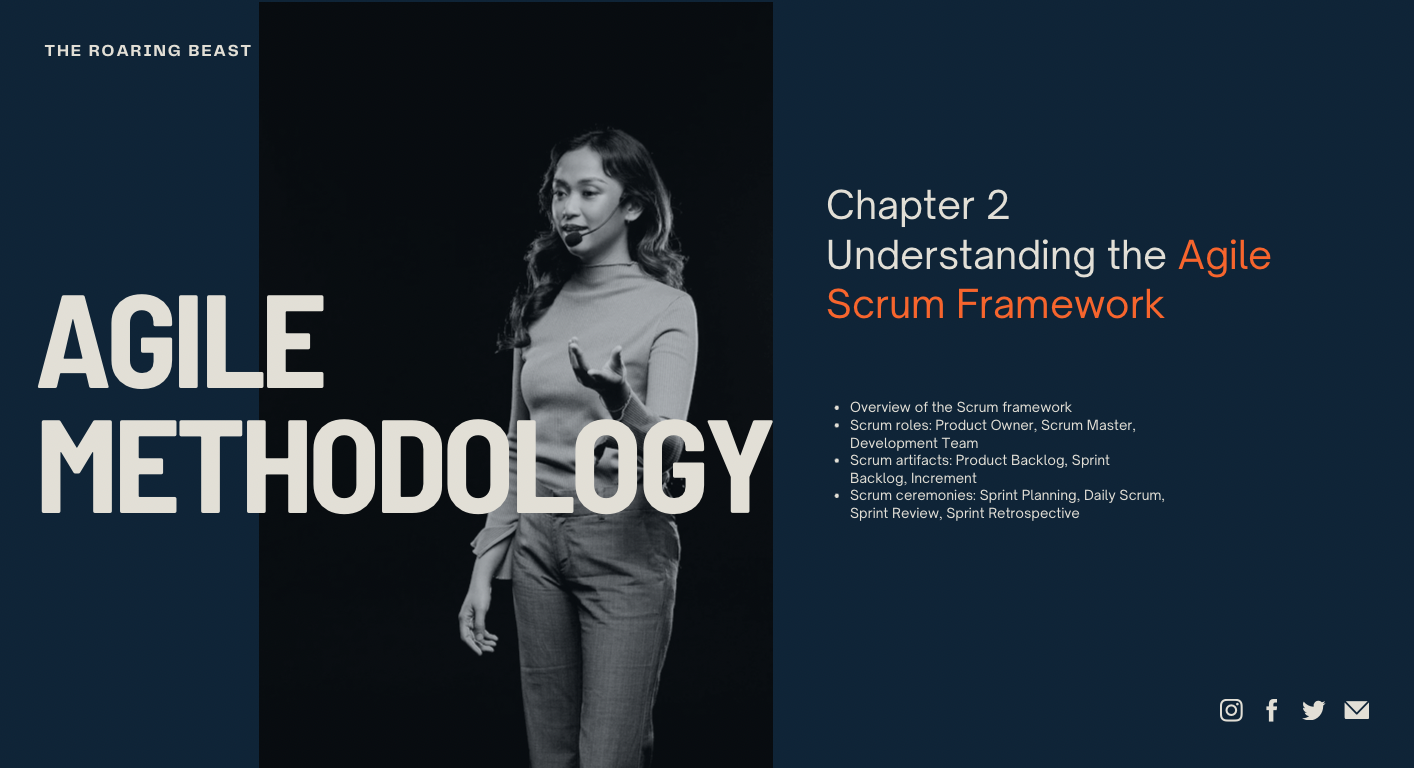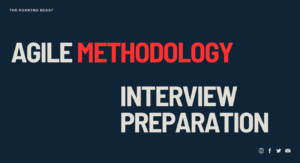The Scrum framework is a widely adopted Agile methodology for managing complex projects, particularly in software development. It provides a structured approach to iterative and incremental product development, emphasizing collaboration, transparency, and adaptability. Here is an overview of the Scrum framework:
- Scrum Roles:
- Product Owner: The Product Owner is responsible for representing the interests of stakeholders, defining and prioritizing the product backlog, and ensuring the team delivers value to customers.
- Scrum Master: The Scrum Master is a servant leader who facilitates the Scrum process, removes impediments, and helps the team adhere to Scrum principles and practices.
- Development Team: The Development Team consists of professionals who work together to deliver a potentially shippable product increment in each sprint.
- Scrum Artifacts:
- Product Backlog: The Product Backlog is a prioritized list of all the desired features, enhancements, and bug fixes for the product. It represents the requirements and is managed by the Product Owner.
- Sprint Backlog: The Sprint Backlog is a subset of the Product Backlog items selected for a specific sprint. It contains the tasks necessary to complete the committed work for the sprint and is owned by the Development Team.
- Increment: The Increment is the sum of all the completed Product Backlog items at the end of a sprint. It is the potentially shippable product increment that provides tangible value to customers.
- Scrum Events (Ceremonies):
- Sprint Planning: At the beginning of each sprint, the Scrum Team conducts Sprint Planning to determine the sprint goal, select the items from the Product Backlog to work on, and create a plan for accomplishing the work.
- Daily Scrum: The Daily Scrum is a short daily meeting where the Development Team synchronizes their work, discusses progress, and identifies any impediments or obstacles.
- Sprint Review: At the end of each sprint, the Scrum Team holds a Sprint Review to demonstrate the completed work to stakeholders, gather feedback, and discuss potential adaptations for future sprints.
- Sprint Retrospective: The Sprint Retrospective takes place after the Sprint Review and focuses on continuous improvement. The Scrum Team reflects on the sprint, discusses what went well, identifies areas for improvement, and defines actions for implementing those improvements.
- Scrum Time-Boxing:
- Sprints: Sprints are time-boxed iterations, typically lasting 1-4 weeks, during which the Development Team works to complete the selected items from the Sprint Backlog and deliver a potentially shippable product increment.
- Events: The Scrum events (Sprint Planning, Daily Scrum, Sprint Review, Sprint Retrospective) have predefined time-boxes to ensure they are kept short, focused, and time-efficient.
The Scrum framework promotes transparency, inspection, and adaptation. It encourages regular feedback, frequent delivery of value, and close collaboration among team members and stakeholders. By embracing the Scrum framework, organizations can benefit from improved project management, faster time-to-market, increased customer satisfaction, and the ability to adapt to changing requirements effectively.

